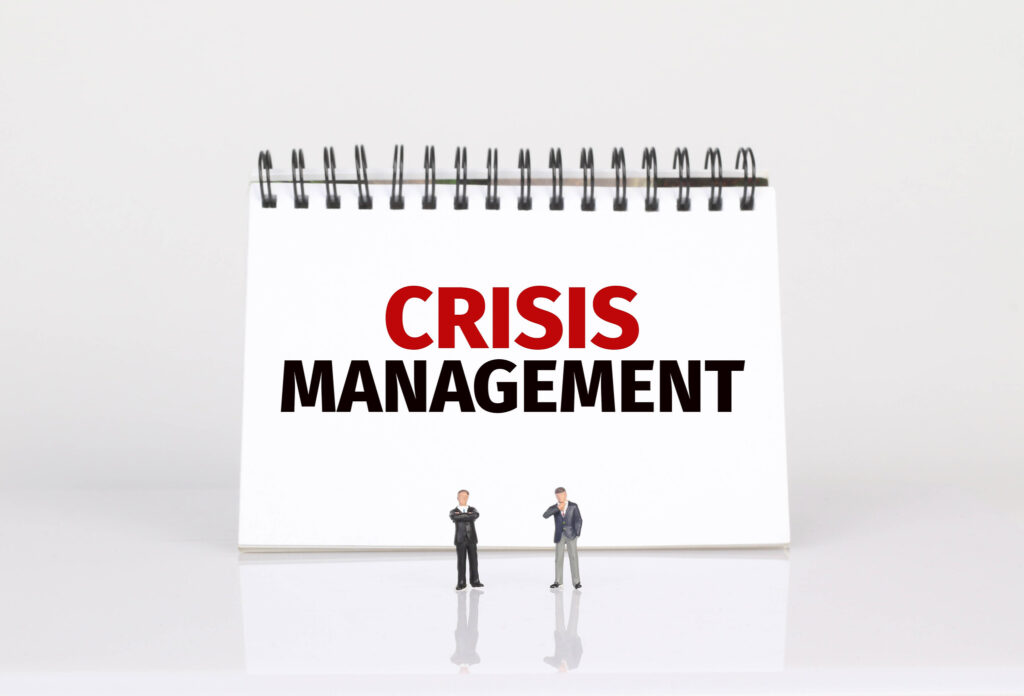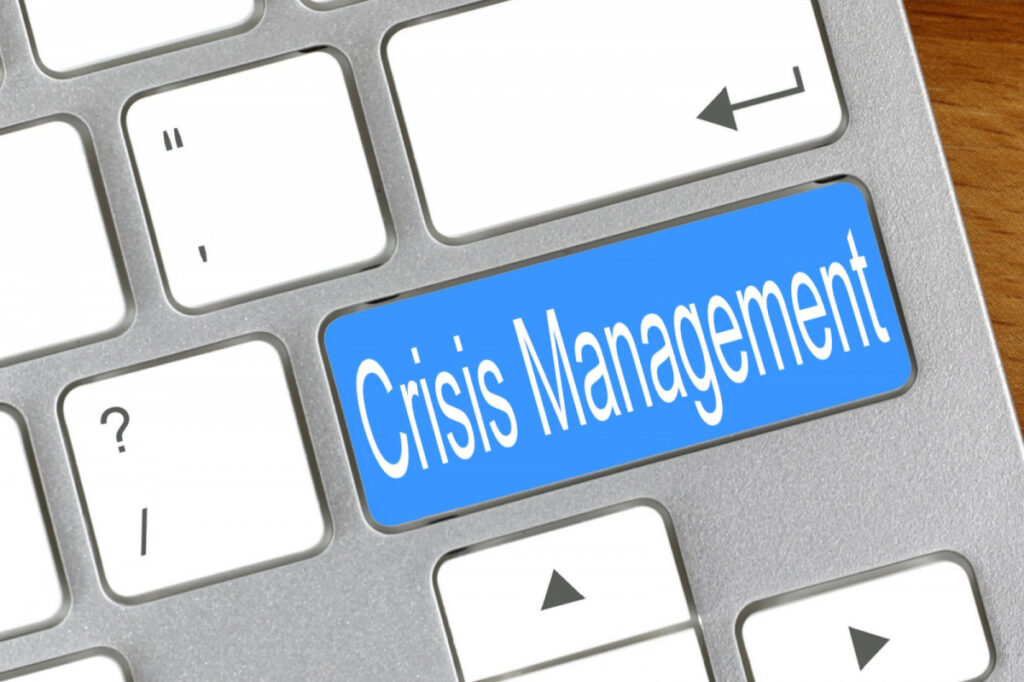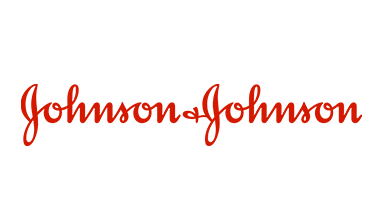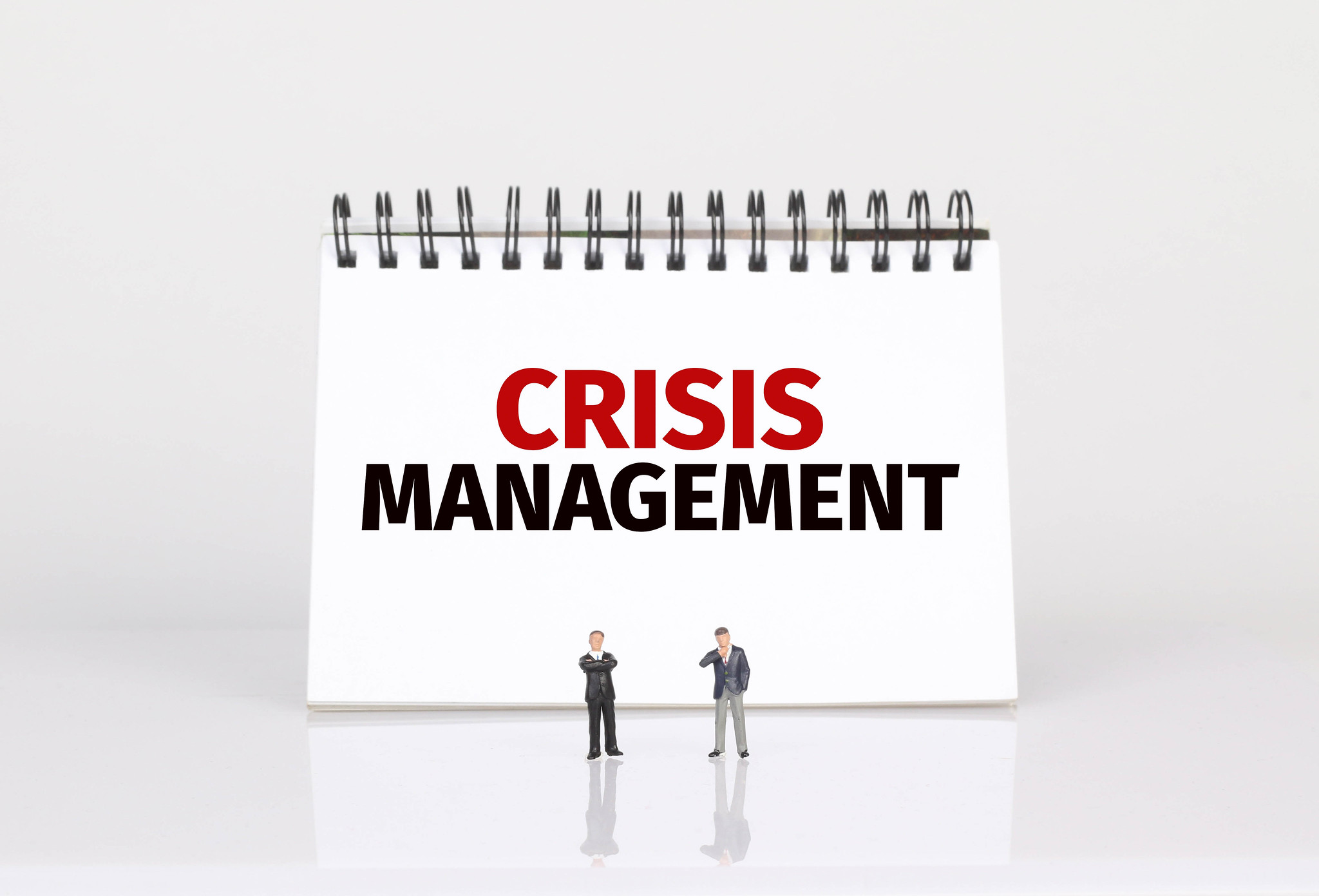Crisis communication is a critical component of reputation defense. In today’s fast-paced, connected world, a crisis can strike at any moment. It will then spread quickly through social media and the news. A well-planned and executed crisis communication strategy can mean the difference between weathering the storm and irreparable damage to a company’s reputation.
Effective crisis communication starts with being proactive, not reactive. It involves identifying potential risks, preparing early responses, and planning to quickly and effectively communicate with stakeholders during a crisis. It’s also important to be transparent and consistent in messaging and to take responsibility for any mistakes that may have led to the situation.
Why is Crisis Communication Important in Reputation Defense?

Crisis communication is how a company or organization handles communication during a crisis. It’s managing communication before, during, and after an unexpected event that can harm the organization. It is crucial for businesses and organizations because it helps to protect and manage their reputation during a problematic situation.
When a crisis occurs, it can spread quickly through the internet, leading to negative public perceptions. It will also cause financial and reputational harm to a company. A company can minimize the damage and even turn the situation around by having a well-planned and executed crisis communication strategy. They should also consider being transparent and consistent in communication. Moreover, taking responsibility for any mistakes that may have led to the crisis is imperative.
The Importance of Proactivity in Crisis Communication

Being proactive is a crucial part of effective crisis communication. Identifying potential risks and preparing responses in advance can mean the difference between being caught off guard and having the plan to manage a crisis effectively.
Identifying Possible Risks
By identifying potential risks, a company can take steps to prevent or mitigate them before they occur. For example, a company that is aware of the potential for a cyber-attack can take steps to secure its systems. It will make it less likely to be successfully targeted. By preparing responses in advance, a company can minimize the time it takes to respond to a crisis. This can help to contain the situation more quickly.
Crisis Communication Plan
Having a crisis communication plan in place is also essential. A crisis communication plan outlines the company’s steps in a crisis. It includes the people responsible for communicating with stakeholders, communicating messages, and resolving the problem. A plan ensures that the right people are informed, and messages are displayed to the right audiences.
In addition, it is also essential to practice and test the plan so that all the teams involved understand their role and the communication flows. It is not uncommon that when a crisis strikes, people panic or don’t understand what to do. Having a practiced plan helps to counter this.
Companies Who are Proactive in Managing Crisis

Both companies in this list used proactivity, transparency, and consistency to manage the crisis, which helped to minimize the damage to their reputation and regain customers’ trust in the long run. These examples show how being proactive and transparent can help a company quickly regain control of the situation and mitigate the negative impacts of a crisis.
Johnson & Johnson Tylenol Issue of 1982
One example of a company that has successfully used proactivity in their crisis communication is Johnson & Johnson. In 1982, there was a crisis when some bottles of Tylenol were tampered with, resulting in several deaths. Johnson & Johnson quickly pulled all Tylenol products off the shelves, even though the tampered bottles represented a tiny fraction of the product line. They also informed the public of the situation and worked with authorities to find the person responsible. The company then redesigned the packaging of Tylenol to make it tamper-proof and added new safety features.
Boeing 737 Max Crash
Another example of good crisis communication was Boeing in 2019 when the company had two fatal crashes with the 737 Max, which resulted in the grounding of the entire fleet. Boeing quickly recognized the problem, informed the public, took responsibility for the accidents, and began working with authorities, airlines, and safety organizations to understand the cause and implement solutions. They also suspended deliveries and production of 737 Max and temporarily halted new orders. The company also significantly changed its safety culture, procedures, and organization.
The Importance of Transparency in Crisis Communication

Transparency in crisis communication is vital when managing a crisis because it helps build stakeholders’ trust. When a company is transparent, it shows that they are open and honest about what’s happening and takes the situation seriously. It helps to reassure stakeholders and can mitigate some of the damage caused by the crisis.
Being transparent also means providing regular updates to stakeholders, answering questions, and providing accurate and timely information. This can help prevent rumors and misinformation from spreading, damaging a company’s reputation.
The Importance of Consistency in Crisis Communication

Consistency in messaging is also essential during a crisis. It helps ensure that all stakeholders receive the same information and that the company is presenting a unified front. Consistent messaging on crisis communication also means that the company is honest and transparent about what happened. It tells the public what steps are being taken to fix it and what steps are being taken to prevent it from happening again.
For example, during a product recall, if a company is consistent in its messaging, it will explain the exact details about the recall, the affected products, and safety measures in all its communication channels. It will avoid creating confusion among stakeholders. It will also give a clear and coherent sense of how the company is addressing the situation.
In short, being transparent and consistent in crisis communication during a crisis helps build trust with stakeholders, which is key to minimizing the damage to the company’s reputation. It is crucial to have a plan for communicating during a crisis and to have designated individuals responsible for communicating with the public and stakeholders.

Companies Who Used Transparency and Consistency on Crisis Communication
In the cases we will mention here, the companies used transparency and consistency in their communication, which helped to minimize the damage to their reputation and regain trust among stakeholders. P&G’s clarity helped to dispel the rumors, and the company’s swift response helped to prevent the crisis from escalating. Facebook’s transparency regarding the data scandal, the steps taken, and the actions taken to improve its privacy policies helped to regain the trust of its users and stakeholders.
P&G and The Alleged Contamination of Tide
As aforementioned, one example of a company successfully using transparency and consistency on their crisis communication campaign is Procter & Gamble (P&G) in 2000. P&G faced a problem when there were rumors that their product, Tide laundry detergent, was contaminated. P&G quickly issued a public statement denying the rumors and providing information to dispel them. They also worked closely with the Center for Disease Control (CDC) and the Food and Drug Administration (FDA) to provide information and support. P&G also set up a hotline for consumers to call with questions and kept stakeholders informed of any updates through press releases and advertising campaigns.
Facebook Data Leak
Another example of good crisis communication plan was Facebook in 2018, when it was revealed that the data of millions of users was harvested without consent. The company quickly responded and took responsibility. CEO Mark Zuckerberg apologized and explained the situation. They implemented new measures to protect users’ data and improve the company’s privacy policies. Throughout the following months, Facebook kept its stakeholders informed of the investigations, the steps they took to resolve the issue, and the impact of the problem. They also included in their reports independent assessments of their policies. Also, they launched a privacy hub where all users can access relevant information.
The Role of Crisis Communication in Building Trust and Credibility

Effective crisis communication plan can serve as an opportunity to build trust and credibility with stakeholders. When a crisis occurs, stakeholders want to know what’s happening. They want to be aware of the steps to resolve the situation. A company can demonstrate that it is taking the crisis seriously by being transparent and consistent in communication. They can also show the public they are doing everything possible to resolve the situation.
Taking Responsibility
For example, when a company takes responsibility for its actions and any mistakes that may have led to the crisis, it shows that it is accountable and willing to make things right. This can help to build trust with stakeholders who may be more likely to forgive the company. There’s also a higher chance of them doing business with the company again.
Showing Empathy
Additionally, showing empathy and concern for those who the crisis has impacted can also help to build trust and credibility. When a company demonstrates that it cares about its stakeholders, it mitigate the damage caused by the crisis. It shows that the company is a responsible and trustworthy partner.
Effective crisis communication plan can also demonstrate a company’s capability and professionalism. When a company can manage a crisis and restore normality quickly and effectively, it can show stakeholders and the public that it is capable. They can prove that they have the necessary resources to handle difficult situations.
Companies Emerged from a Crisis With a Stronger Reputation

All these examples demonstrate that a company can come out of a crisis stronger than before if they take the right actions. These companies have a well-planned crisis communication strategy and approach the situation with integrity and transparency. They have also shown that a crisis can be an opportunity to build trust and credibility with stakeholders and enhance reputation.
Starbucks and the Global Financial Crisis of 2008
In 2008, when the global financial crisis hit, many companies were struggling. However, Starbucks had a different approach. Instead of cutting back, the company invested in its employees and communities. It provided more benefits and increased wages. They also opened stores in low-income areas and committed to sourcing ethically-grown coffee beans. As a result, they earned the public’s trust and admiration, and the company’s reputation and sales both grew.
Toyota 2019 Crisis
Another example of good crisis communication plan is Toyota in 2010, when the company faced a crisis with several recalls due to accelerator pedal defects. Toyota quickly took responsibility for the problem and issued multiple recalls. They also set up a dedicated website and hotline to provide information and support, and they extended the warranty for the affected vehicles. This swift response and commitment to safety helped the company to regain customers’ trust. They were also able to maintain their reputation in the long run.
J&J
Johnson & Johnson (J&J) mentioned earlier is another example. They have effectively managed many crises, including the Tylenol tampering incident in the 1980s and the recent COVID-19 pandemic. In both cases, J&J’s transparency, proactivity, and consistent communication helped to minimize the damage. They were able to maintain their reputation as a trustworthy and responsible company.
Conclusion

In conclusion, crisis communication strategy is a critical component of reputation defense. In today’s fast-paced, connected world, a crisis can strike at any moment. It will then spread quickly through social media and the news. Effective crisis communication starts with being proactive, not reactive. It involves identifying potential risks, preparing responses, and planning to quickly and effectively communicate with stakeholders during a crisis. Transparency and consistency in messaging, taking responsibility for any mistakes that may have led to the situation, and showing empathy, can help to minimize the damage to a company’s reputation.
It is essential for companies to have a crisis communication plan in place before a crisis occurs and to practice and test it. This will ensure that the right people are informed, and messages are communicated to the right audiences in a crisis. In the end, effective crisis management can help to protect a company’s reputation and minimize the impact of a problem.
Tags: crisis management, reputation management